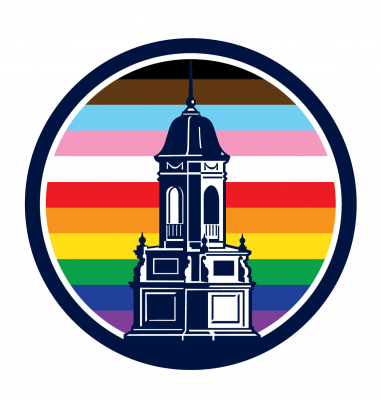On October 28, 2017, several members of the UConn Early Modern Studies community participated in “Encounters: Alchemy & Science” at the Hartford History Center sponsored by the Humility and Conviction in Public Life project at UConn in partnership with the Amistad Center for Art and Culture, the Hartford History Center, the Hartford Public Library, and the Wadsworth Atheneum. Debapriya Sarkar (English) and Walt Woodward (History) served on a panel of faculty experts for the event. Below is a wrap-up written for us by Debapriya Sarkar:
The public humanities event on “Encounters: Alchemy & Science” convened at the Hartford History Center centered around the relationships among science, alchemy, religion, and politics. The discussion aimed to use the art—or science, or esoteric practice—of alchemy to test the boundaries between modernity and pre-modernity. In order to facilitate a common starting point, participants (who ranged from members of the local community to students and faculty from UConn) began the session by reading short excerpts from Albertus Magnus’s writings on alchemy (13th century), Fama Fraternitus (c. 1610-1614), and a “Letter from Jonathan Brewster to John Winthrop, Jr.” (January 31, 1656) (available here: http://hhc.hplct.org/encounters-alchemy-science/). These texts immediately exposed all attendees to some of the main issues of alchemy: the relation of art to nature, the importance of secret knowledge, the idea of perfection as it pertains to both religious and epistemological contexts, and contemporary disagreements about the usefulness of alchemy.
It was striking how quickly the common texts provoked a wide range of questions: what are the boundaries between “scientific knowledge” and “alchemical knowledge”? Who gets to be designated an “alchemist”? How does the practice of alchemy test the boundaries between “science” and “belief”? In a culture where alchemy was often related to fraud, were there avenues for policing or censoring it? How successful was alchemy in its goals? How do we reconcile the contradictory views, that alchemy was both the precursor to modern chemistry and a useless form of practical knowledge? How did alchemy become vital to discussions of perfection in the New World? What is the status of alchemy today, or—are there living alchemists? As our ensuing discussions made evident, the answers to these questions were often multifaceted. For instance, it is not always clear what the “success” of alchemy means—while alchemists might not have attained their final aim of transforming base metals into gold, they achieved enough changes in chemical reactions of entities to convince themselves that the translation of metals was possible.
While a significant portion of the discussion was devoted to the status of alchemy in the pre-modern period, one of the abiding concerns of the group centered around the relationship of the past to the present, or more specifically, how could our understanding of alchemy as a practice, or even as a way of being, shape our comprehension of our current social, political, and intellectual moment? To this end, we discussed topics like the centrality of religion or religious discourse in science—while pre-modern alchemists claimed that the alchemical perfection would mirror or fulfill God’s perfect creation, modern science explicitly distances itself from religious discussion. We also encountered how our concerns about changes in nature (for example, on the topic of climate change) forces us to grapple with competing points of view about knowledge and belief, in ways similar to those found in alchemical discourse. Thus, the discussion enabled us to see what while the specific problems faced by alchemists might not seem relevant, the larger questions of expertise, knowledge, faith, belief, and power that were central to the lives of alchemical practitioners resonate in surprising ways with our own understandings of intellectual, religious, and intellectual life.





